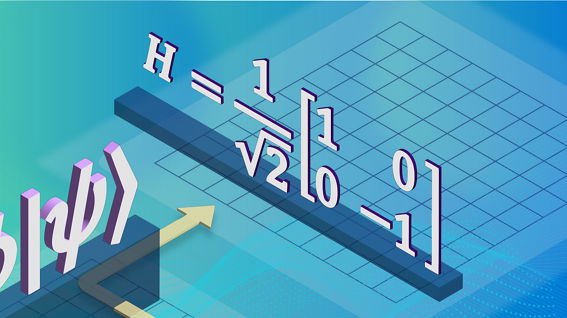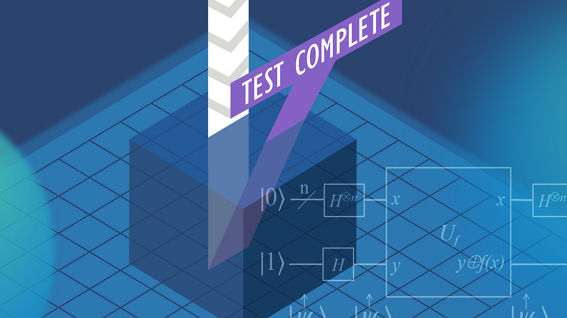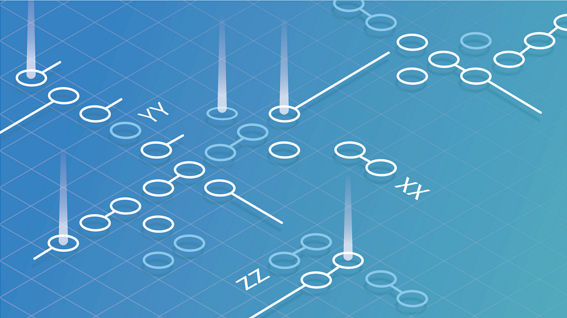Quantum teleportation is a protocol in quantum computing that allows the transfer of an unknown quantum state from one location to another without physically transmitting the state itself. Quantum teleportation uses both entanglement and classical communication to move information. The basic idea of quantum teleportation is to transfer information within the system indirectly. This is required because of the “no-cloning theorem” in quantum mechanics, which states that it is impossible to make an exact copy of an unknown quantum state. The no-cloning theorem is a consequence of the linearity and reversibility of quantum mechanics. Any cloning operation that is linear and reversible would necessarily violate the principle of superposition. Furthermore, the no-cloning theorem implies that quantum states cannot be measured without perturbing them. Quantum teleportation involves so-called “destructive” measurements on the first two qubits that destroys the entangled state previously shared between the separated qubits.
Teleportation is used in quantum computing to perform remote operations on quantum systems. This is particularly useful in situations where it’s not feasible to physically move a qubit from one location to another, or where we want to perform a quantum operation on a qubit that is in an inaccessible location. Quantum teleportation is also an important component of quantum error correction, which is a set of techniques used to protect quantum information from the effects of noise and other errors. In quantum error correction, quantum states are encoded into multiple qubits in a way that makes them more resilient to errors. Quantum teleportation can be used to transmit information about the state of a qubit that has been subject to errors to a different location, where it can be corrected using error-correcting codes. This allows quantum information to be transmitted and stored in a more robust way, which is essential for building practical quantum computers.

Alice and Bob
The teleportation protocol in quantum computing is often expressed as an interchange between two human characters, Alice and Bob:
- Alice and Bob each have a qubit that is part of an entangled pair that was previously prepared.
- Alice (the sender) wants to send the state of a 3rd qubit – called the “message qubit” – to Bob (the receiver).
- Alice takes the message qubit and entangles it with her own qubit using a specific quantum operation called a CNOT gate. This creates a three-qubit entangled state.
- Alice then performs a measurement on both the message qubit and her own qubit. The result of this measurement is a classical two-bit string, which she sends to Bob using a classical communication channel.
- Next, Bob performs a specific quantum operation on his own qubit from the entangled pair. The operation Bob performs depends on which string he received from Alice. The operation he executes can be a Pauli X gate, a Pauli Z gate, both, or none. This operation effectively “teleports” the state of the message qubit onto Bob’s qubit.
Bob now has a qubit that is in the same state as the original message qubit, and Alice’s qubit and the message qubit are now both in a different state.





